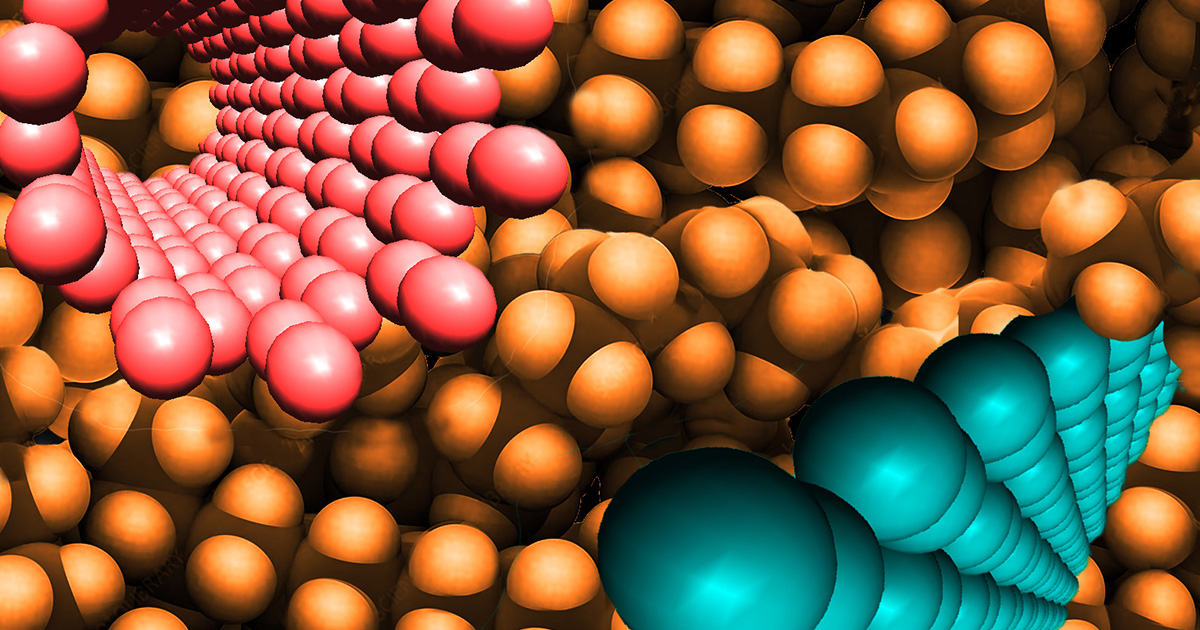Low-Dimensional Structures for Smart Materials and Composites: Preparation, Properties and Applications
A special issue of Materials (ISSN 1996-1944). This special issue belongs to the section "Advanced Composites".
Deadline for manuscript submissions: closed (31 May 2023) | Viewed by 39680

Special Issue Editor
Interests: composite/hybrid materials and nanomaterials; surface Science; microscopies and spectroscopies; catalysis and photocatalysis
Special Issues, Collections and Topics in MDPI journals
Special Issue Information
Dear Colleagues,
This Special Issue is dedicated to highlighting significant findings in the field of materials based on low-dimensional systems (i.e. 0D, 1D, and 2D), their assembly and mixing to make composite materials. In fact, a variety of newly developed structures have attracted a remarkable attention due to their unprecedented properties, boosting those of more traditional counterparts. These low-dimensional systems are known for their high surface area and small spatial dimensions, leading to intrinsic and distinctive characteristics (electrical, optical, and magnetic properties). A shrewd combination of these structures or an arrangement in bulk materials may open new perspectives paving the way for unprecedented uses. On this matter, significant examples come from carbon nanostructures (i.e., high-structure carbon-black, carbon nanotubes, graphene) in polymers. These nanocarbons can effectively engender new (electrical, thermal, optical) properties in polymer materials. On the other hand, contact between two materials with small sliding friction can make superlubricity possible, implying a reduction in friction of orders of magnitude compared to 3D counterparts.
The present Special Issue is primarily addressed to materials with low-dimensional structures, from their preparation to their properties and applications. Fundamental and theoretical studies contributing to the understanding of their basic principles are also welcomed.
The topics of interest include, but are not limited to, the preparation, properties, and applications of materials containing:
- 0D (nanoparticles, quantum dots, and small molecules);
- 1D (nanotubes, nanofibers, nanorods, and nanowires);
- 2D (2D organic framework systems, 2D polymers, and few-layered materials, including graphene, graphene-like systems (i.e., graphene oxide), and graphene analogues (i.e., transition metal dichalcogenides, carbides, nitrides, carbonitrides, silicene, germanene, stanene, and phosphorene);
- The interplay of low-dimensional structures in materials and composites;
- Materials engineering;
- Van der Waals heterostructures, all-inorganic materials, and organic–inorganic hybrids.
Prof. Dr. Federico Cesano
Guest Editor
Manuscript Submission Information
Manuscripts should be submitted online at www.mdpi.com by registering and logging in to this website. Once you are registered, click here to go to the submission form. Manuscripts can be submitted until the deadline. All submissions that pass pre-check are peer-reviewed. Accepted papers will be published continuously in the journal (as soon as accepted) and will be listed together on the special issue website. Research articles, review articles as well as short communications are invited. For planned papers, a title and short abstract (about 100 words) can be sent to the Editorial Office for announcement on this website.
Submitted manuscripts should not have been published previously, nor be under consideration for publication elsewhere (except conference proceedings papers). All manuscripts are thoroughly refereed through a single-blind peer-review process. A guide for authors and other relevant information for submission of manuscripts is available on the Instructions for Authors page. Materials is an international peer-reviewed open access semimonthly journal published by MDPI.
Please visit the Instructions for Authors page before submitting a manuscript. The Article Processing Charge (APC) for publication in this open access journal is 2600 CHF (Swiss Francs). Submitted papers should be well formatted and use good English. Authors may use MDPI's English editing service prior to publication or during author revisions.
Keywords
- 0D (nanoparticles, quantum dots, and small molecules)
- 1D (nanotubes, nanofibers, nanorods, and nanowires)
- 2D (2D organic framework systems, 2D polymers, and few-layered materials, including graphene, graphene-like systems (i.e., graphene oxide), and graphene analogues (i.e., transition metal dichalcogenides, carbides, nitrides, carbonitrides, silicene, germanene, stanene, and phosphorene)
Benefits of Publishing in a Special Issue
- Ease of navigation: Grouping papers by topic helps scholars navigate broad scope journals more efficiently.
- Greater discoverability: Special Issues support the reach and impact of scientific research. Articles in Special Issues are more discoverable and cited more frequently.
- Expansion of research network: Special Issues facilitate connections among authors, fostering scientific collaborations.
- External promotion: Articles in Special Issues are often promoted through the journal's social media, increasing their visibility.
- e-Book format: Special Issues with more than 10 articles can be published as dedicated e-books, ensuring wide and rapid dissemination.
Further information on MDPI's Special Issue polices can be found here.






